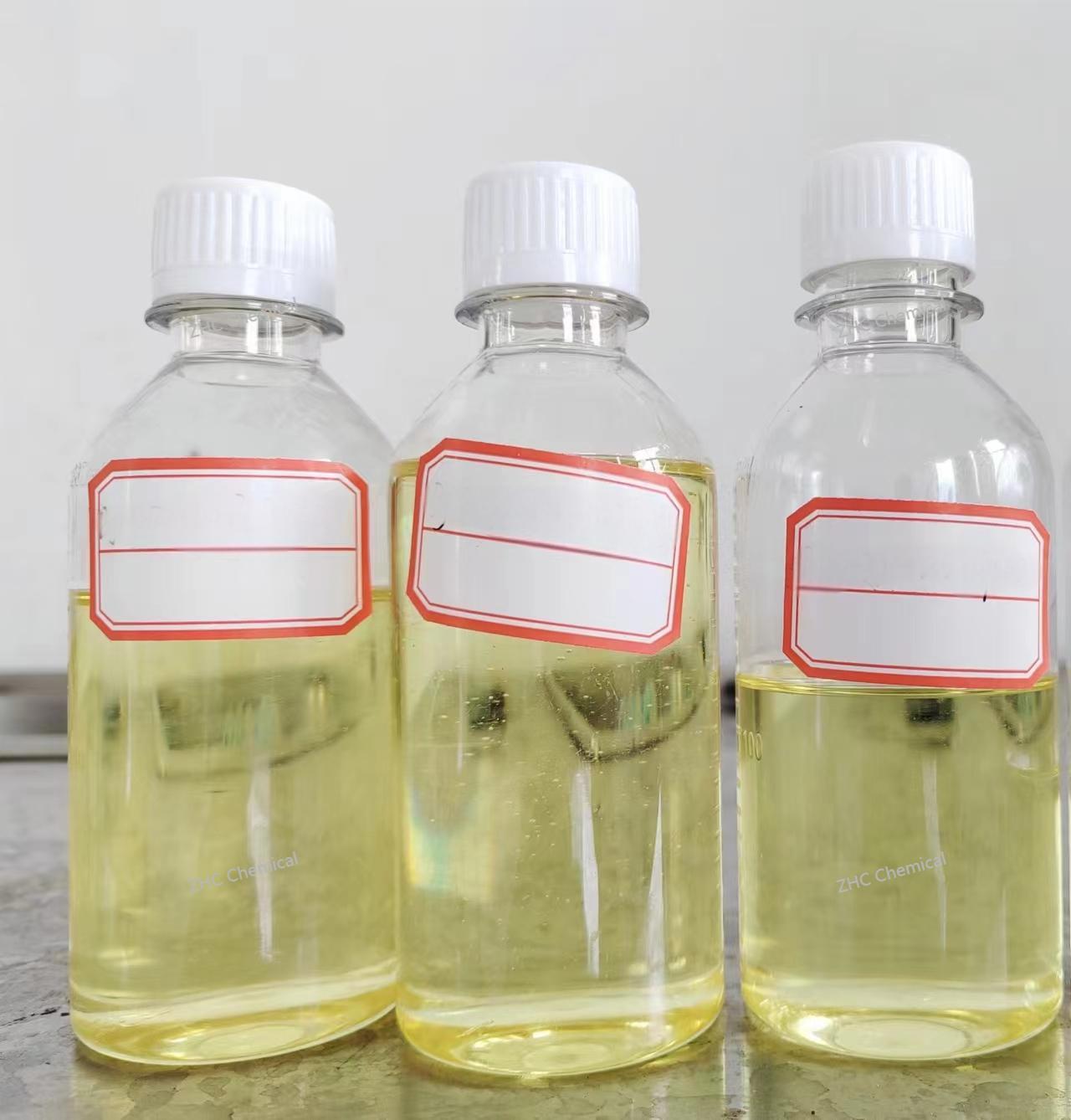Zinc undecylenate Specification:
| Item | Specifications |
| Description | White fine powder |
| Solubility test | Practically insoluble in water and ethanol |
| Color of potassium permanganate | Color is discharge |
| Melting point | 116.0-121.0℃ |
| Loss on drying | ≤1.0% |
| Alkalies & alkalies earths | ≤1.0% |
| Content % | 98.0-102% |
Zinc undecylenate Application Usage:
1. Chemical Identity
CAS Registry Number: 557-08-4
IUPAC Name: Zinc undec-10-enoate
Common Names: Zinc undecylenate, Zinc 10-undecenoate
Molecular Formula: C₂₂H₃₈O₄Zn
Structural Formula: Zn²⁺ + 2(CH₂=CH-(CH₂)₈-COO)⁻
2. Description
Zinc undecylenate is a white, fine powder that is typically odorless or has a very faint, characteristic odor. It is the zinc salt of undecylenic acid, which is derived from castor oil.
3. Key Properties
Antifungal Activity: This is its most significant property. It is highly effective against fungi that cause skin infections, such as Trichophyton and Candida species.
Antimicrobial: It also exhibits some antibacterial effects.
Astringent: It has a mild astringent (drying) effect, which helps to keep the affected skin area dry and create an unfavorable environment for fungal growth.
Low Solubility: It is practically insoluble in water and ethanol. This low solubility allows it to form a protective, long-lasting film on the skin, providing sustained release of the active undecylenic acid.
4. Primary Uses
Zinc undecylenate is predominantly used in over-the-counter (OTC) topical antifungal preparations. You will commonly find it in products for treating: Athlete’s Foot (Tinea Pedis)
Jock Itch (Tinea Cruris)
Ringworm (Tinea Corporis)
Other minor skin fungal infections.
It is formulated into various topical dosage forms, including:
Powders (often for dusting feet)
Creams
Ointments
Sprays
5. Mechanism of Action
While the exact mechanism is not fully defined, its antifungal action is attributed to the undecylenic acid moiety. It is believed to inhibit fungal growth by:
Disrupting the fungal cell membrane.
Interfering with fungal enzyme systems.
The zinc ion contributes to the astringent effect, helping to control moisture and soothe irritation.
6. Safety and Regulation
Zinc undecylenate is generally recognized as safe and effective (GRASE) by the U.S. Food and Drug Administration (FDA) for its intended OTC topical use as an antifungal agent. It is considered to have low skin irritation potential and low systemic toxicity due to minimal absorption through the skin.
In summary, CAS 557-08-4, Zinc undecylenate, is a widely used and effective topical antifungal agent, valued for its stability, low irritation, and ability to keep skin dry.
Zinc undecylenate Package and Shipping:
20kgs/drum
Zinc undecylenate Storage:
Keep in seal package , cool and dry place. Annual capacity 200MT
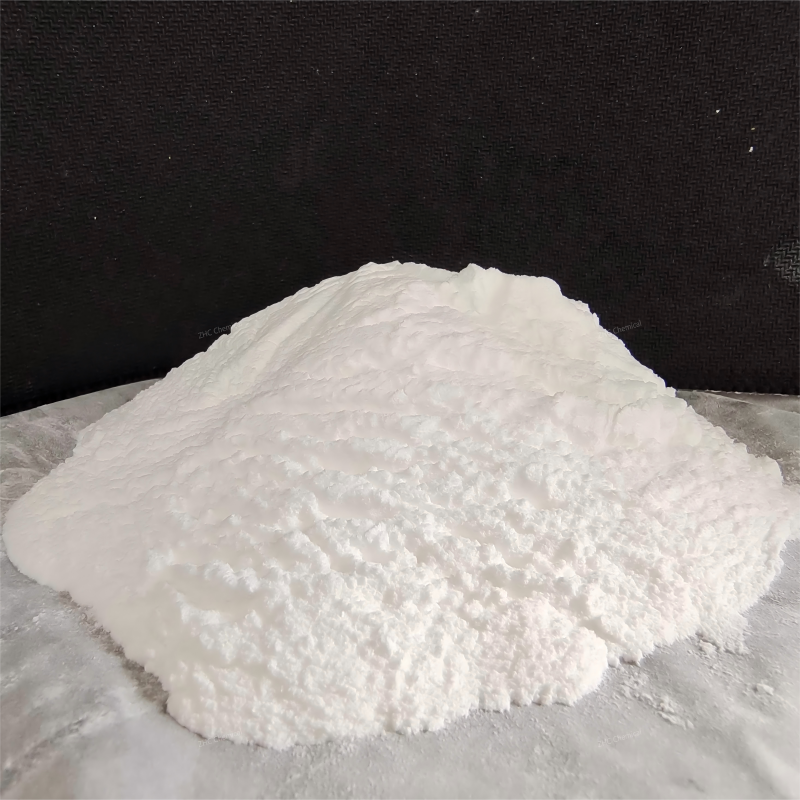
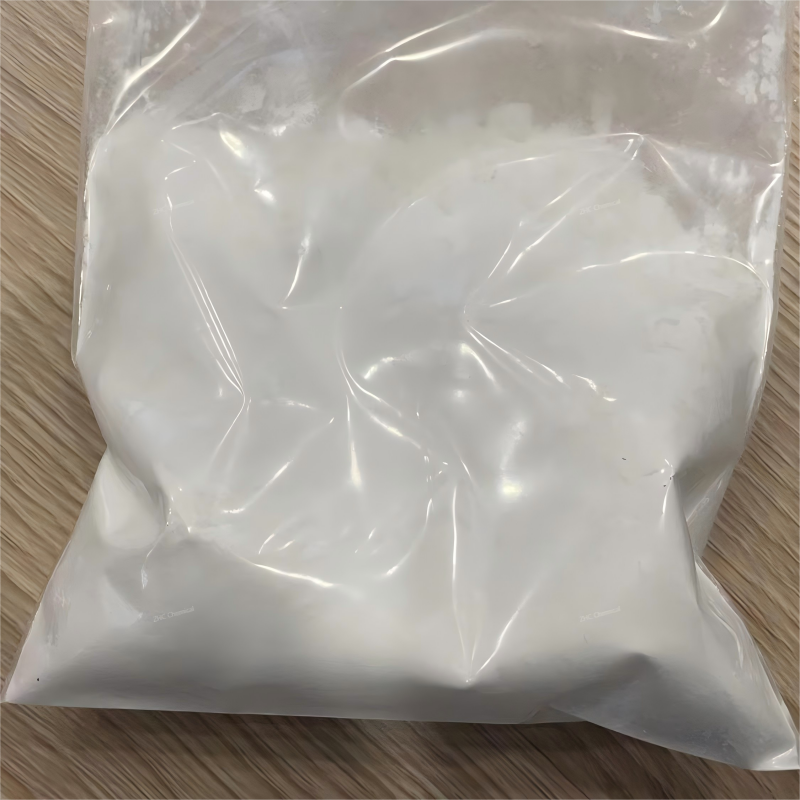
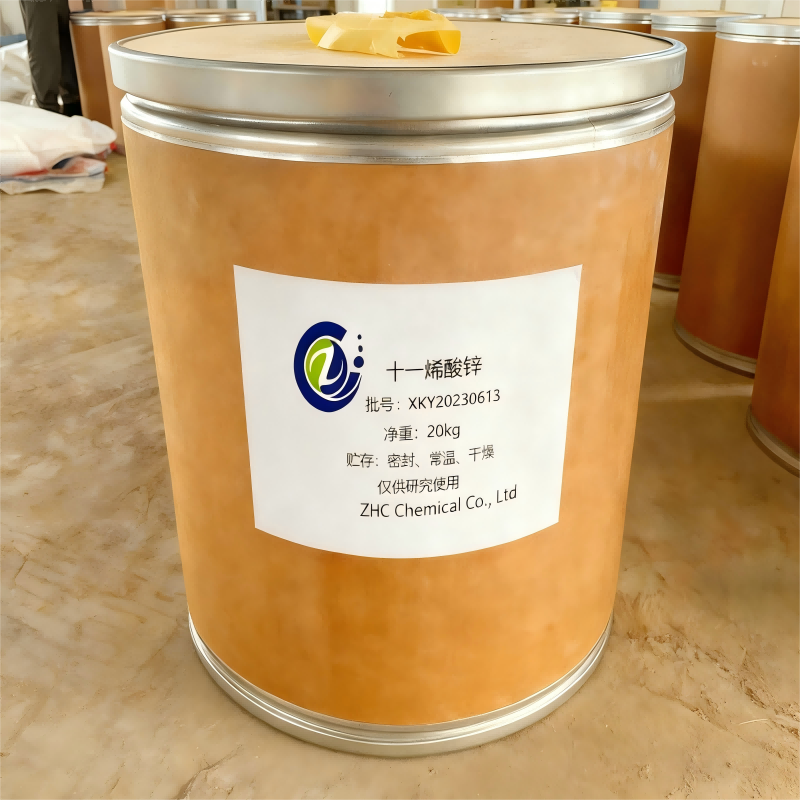
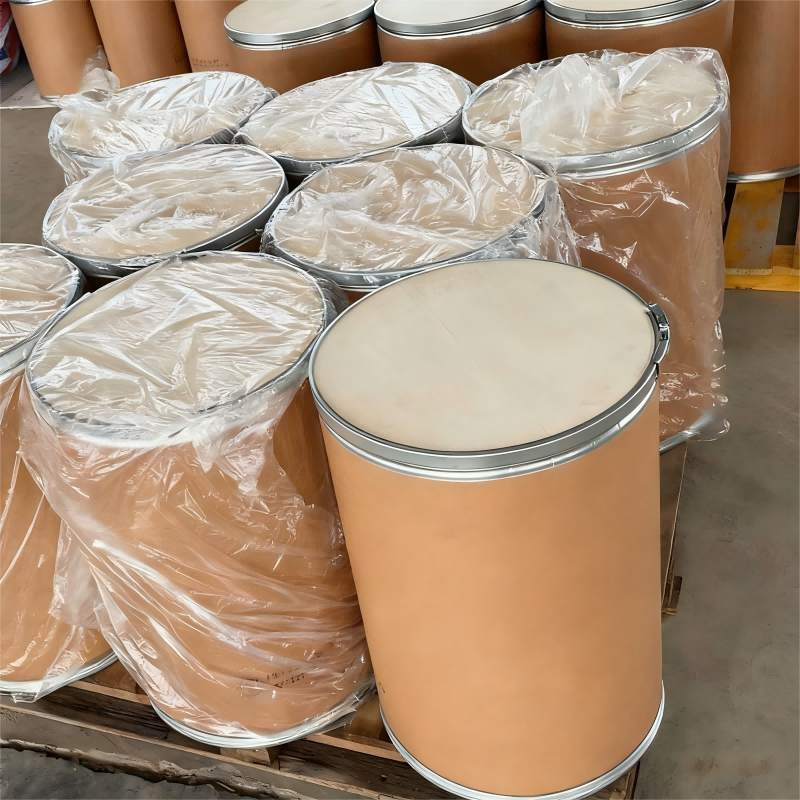


 GET FREE SAMPLE
GET FREE SAMPLE


